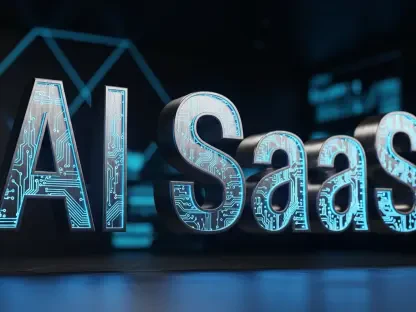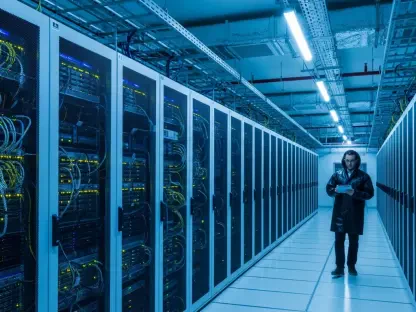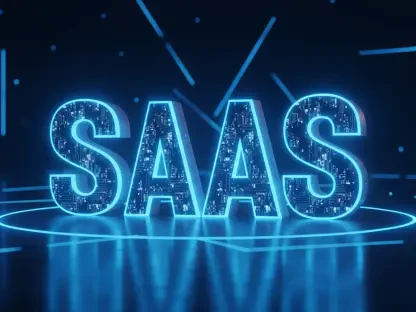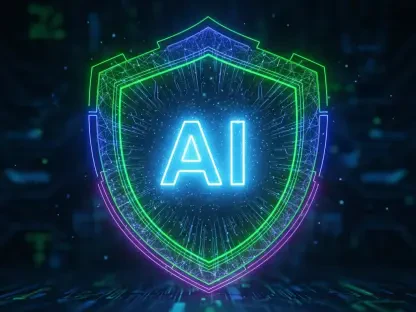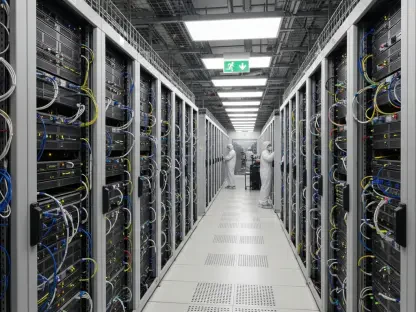Understanding the DevSecOps Landscape
In today’s fast-evolving tech ecosystem, DevSecOps has emerged as a cornerstone of secure software development, with organizations increasingly prioritizing the seamless integration of security practices into their delivery pipelines. The demand for rapid application deployment, fueled by digital transformation, has made it imperative to embed security from the outset. This approach not only mitigates risks but also ensures that development teams can maintain speed without compromising safety, addressing vulnerabilities before they escalate into costly breaches.
The convergence of development, security, and operations under the DevSecOps umbrella represents a paradigm shift in how software is built and delivered. By fostering collaboration across traditionally siloed teams, this methodology enables organizations to detect issues early, reduce remediation costs, and maintain customer trust. As cyber threats grow in sophistication, adopting a proactive stance through integrated workflows has become a non-negotiable aspect of modern software engineering.
Key players like Harness Inc. are at the forefront of this transformation, leveraging emerging technologies such as AI-driven tools to enhance secure coding practices. The market is witnessing a surge in demand for solutions that not only automate delivery but also prioritize vulnerability management. With the rise of complex applications and diverse tech stacks, the industry is gravitating toward platforms that offer comprehensive visibility and control over the entire software lifecycle.
Strategic Acquisition of Qwiet AI by Harness
Driving Forces Behind the Acquisition
Harness Inc. has taken a significant step forward by acquiring Qwiet AI, a move driven by the urgent need for advanced vulnerability detection and remediation capabilities in software development. As organizations increasingly rely on automated tools, the prevalence of code vulnerabilities, especially those stemming from AI-generated code, has become a pressing concern. Qwiet’s agentic AI technology offers a robust solution by identifying and addressing these risks with precision, aligning perfectly with industry needs.
The acquisition reflects Harness’ ambition to build a unified DevSecOps platform that embeds security directly into DevOps workflows. By integrating Qwiet’s cutting-edge tools, Harness aims to tackle the growing challenge of securing code in an era where speed often overshadows safety. This strategic alignment is poised to empower developers to address security flaws without disrupting their productivity or delivery timelines.
Moreover, the rise of AI-generated code has introduced unique vulnerabilities that traditional security tools struggle to detect. Qwiet’s specialized technology is designed to counter these emerging risks, providing a layer of protection that is both proactive and adaptive. Harness’ decision to acquire this expertise underscores a broader commitment to staying ahead of evolving threats in the software landscape.
Impact and Expected Outcomes
The technological benefits of this acquisition are substantial, particularly with the integration of Qwiet’s Code Property Graph (CPG) into Harness’ Software Delivery Graph. This combination enables deeper analysis of code structures, mapping data and control flows to pinpoint vulnerabilities with unprecedented accuracy. Developers can now access actionable insights that help eliminate risks before they reach production environments.
Qwiet brings impressive metrics to the table, including a 97% true-positive rate for vulnerability detection and a 92% detection rate for open-source vulnerabilities. These figures highlight the platform’s reliability in identifying critical issues while minimizing false positives, allowing teams to focus on high-priority fixes. Such precision is expected to significantly reduce the time and effort spent on security tasks, streamlining the development process.
Beyond technical enhancements, this acquisition addresses the pervasive issue of tool sprawl by consolidating security features into a single platform. By embedding Qwiet’s capabilities natively, Harness eliminates the need for multiple disconnected tools, enhancing developer productivity. This unified approach promises to simplify workflows, ensuring that security becomes an integral part of every development stage rather than an afterthought.
Challenges in Modern Software Security
Securing software in an era of rapid development presents a myriad of challenges, particularly as AI-driven coding tools accelerate the creation of applications. While these tools boost efficiency, they often introduce hidden vulnerabilities that can be exploited if not addressed early. The complexity of modern tech stacks further compounds the difficulty of maintaining robust security across diverse environments.
One significant hurdle is tool sprawl, where development and security teams rely on an array of disconnected solutions that hinder efficiency and create gaps in protection. This fragmentation often leads to delayed responses to threats, as teams struggle to coordinate across disparate systems. The lack of integration not only slows down processes but also increases the risk of oversight in critical areas.
Harness’ strategy offers a potential solution through native integration and automation, embedding security features directly into the development pipeline. By reducing reliance on standalone tools, this approach minimizes friction and enhances visibility across workflows. Such innovations point toward a future where security is seamlessly woven into the fabric of software delivery, mitigating risks without sacrificing speed.
Navigating the Regulatory and Compliance Environment
The regulatory landscape surrounding DevSecOps continues to tighten, with stringent standards for data protection and software security shaping organizational priorities. Governments and industry bodies worldwide are enforcing rules to safeguard sensitive information, pushing companies to adopt robust measures against breaches. Non-compliance can result in severe penalties, making adherence to these guidelines a critical business imperative.
Compliance plays a pivotal role in preventing costly security incidents, as it compels organizations to implement best practices throughout the development lifecycle. Standards such as GDPR and CCPA underscore the importance of protecting user data, while sector-specific regulations demand tailored approaches to software integrity. Meeting these requirements often requires a cultural shift toward prioritizing security at every level of operations.
Integrated platforms like Harness’ offer a pathway to achieving compliance by embedding security checks early in the development process. By automating vulnerability scans and providing real-time insights, such solutions help organizations stay ahead of regulatory demands. This proactive stance not only reduces the likelihood of violations but also builds a foundation of trust with stakeholders and customers.
Future Directions for DevSecOps and AI Integration
Looking ahead, the evolution of DevSecOps is set to be heavily influenced by the increasing adoption of AI and automation in software delivery. These technologies promise to transform how vulnerabilities are detected and addressed, enabling faster and more accurate responses to threats. As development cycles shorten, the reliance on intelligent systems to maintain security will likely become even more pronounced.
Emerging cyber threats and the growing use of AI-generated code stand as potential disruptors that could reshape the landscape. With attackers leveraging advanced techniques, the need for adaptive, AI-driven defenses becomes critical. The industry must prepare for a future where security tools not only react to known risks but also anticipate and neutralize novel exploits before they cause harm.
Harness is well-positioned to lead this charge, using strategic acquisitions and continuous innovation to shape the trajectory of secure software delivery. By integrating AI capabilities like those from Qwiet, the company is paving the way for a new era of DevSecOps that balances agility with robust protection. This forward-thinking approach signals a broader industry trend toward holistic platforms that address both current and future challenges.
Key Takeaways and Industry Implications
Harness’ acquisition of Qwiet AI marks a significant advancement in DevSecOps capabilities, reinforcing the importance of integrating security into every phase of software development. This move highlights a growing recognition that fragmented tools and reactive measures are insufficient in today’s threat landscape. The synergy between Harness’ delivery expertise and Qwiet’s vulnerability detection technology sets a new benchmark for unified platforms.
The balance between innovation and security remains a central theme in the industry, as organizations strive to accelerate delivery without exposing themselves to risks. Harness’ strategy demonstrates that it is possible to achieve both goals through thoughtful integration and automation. This acquisition serves as a model for how companies can evolve to meet the dual demands of speed and safety.
For organizations looking to thrive in this environment, adopting unified platforms and prioritizing early security integration are essential steps. Investing in solutions that streamline workflows and reduce tool sprawl can drive sustainable growth while mitigating risks. As the industry progresses, those who embrace such proactive measures will find themselves better equipped to navigate the complexities of modern software development, ensuring resilience against an ever-changing array of threats.


